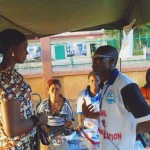
As Burkina Faso prepared for its elections in summer and fall 2015, many across the country worried about the potential for unrest. The ban of several candidates and detention of party members by Burkinabe authorities shortly before election season only added to the fear that citizens—in particular, youth—would resort to violence to voice their discontent.
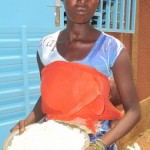
In Burkina Faso, many populations are still recovering from the 2012 food and nutrition crisis that left hundreds of thousands food insecure. In fact, one out of every three children under 5 is stunted in Burkina Faso, increasing the likelihood of irreversible cognitive impairment and poor health.
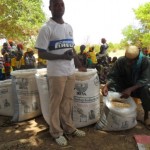
In Burkina Faso, thousands of hungry families are more food secure thanks to a new technique for storing product that is increasing post-harvest quantity and quality and raising farmers' incomes.
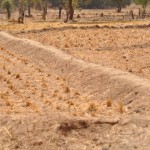
In Burkina Faso, half of the population is classified as food insecure, meaning either food is unavailable, inaccessible, or they are not using food in the most nutritious way. Combine that with a 2012 food crisis due to poor harvests and conflict across the border in Mali, and it could spell devastation for some communities.
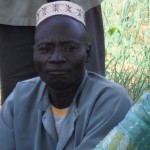
Across the Sahel, periodic droughts have increased with distressing frequency. In 2012, millions throughout the Sahel—including parts of Burkina Faso—experienced food insecurity after poor harvests in 2011 that were exacerbated by conflict and insecurity that spilled out of Mali and into neighboring countries.








Comment
Make a general inquiry or suggest an improvement.